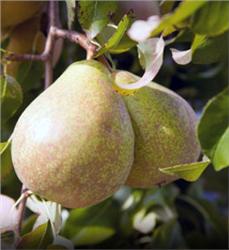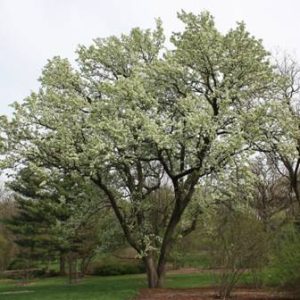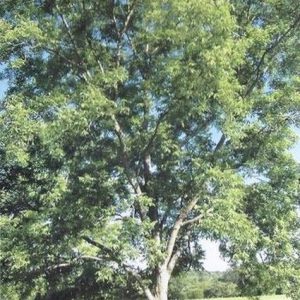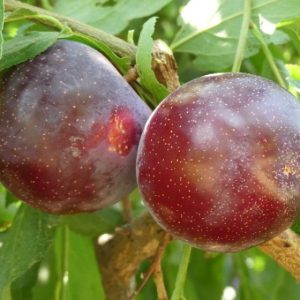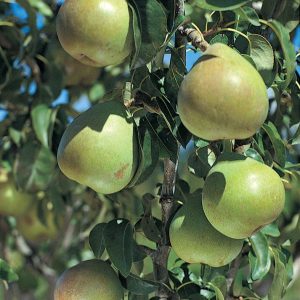$24.00
Said to be an accidental hybrid, the Kieffer pear is a hardy tree. It grows rapidly, lives long, is disease-resistant, and bears a large crop. It also tolerates a wide range of climates, thriving in northern states as well as hotter southern states. In fact, the Kieffer pear is the most widely planted pears in the South.
Produces large, long, golden yellow fruit with a crimson blush and flesh that is crisp, white, and coarse in texture — good for canning, baking, preserves, and pear honey
Blooms late in the season and ripens mid-September to mid-October
Tolerates hot climates
Is self-fertile but provides a better crop when planted in multiples

